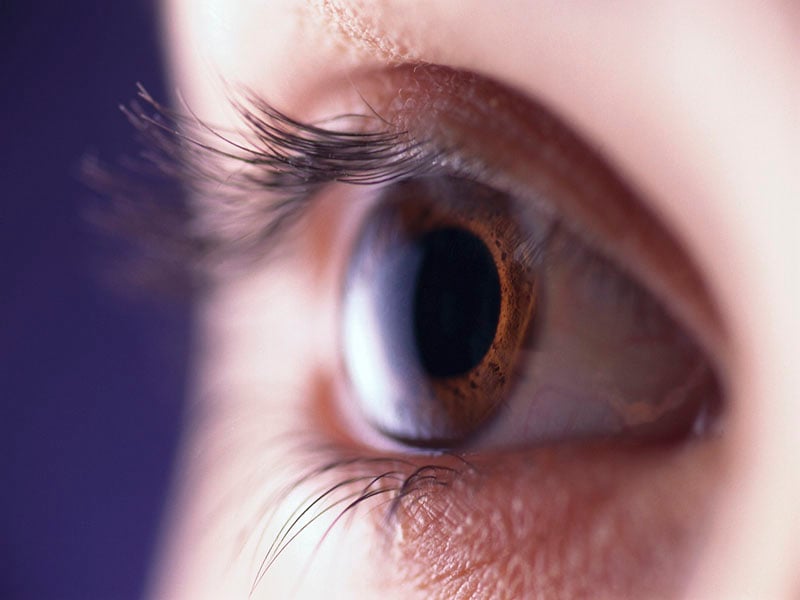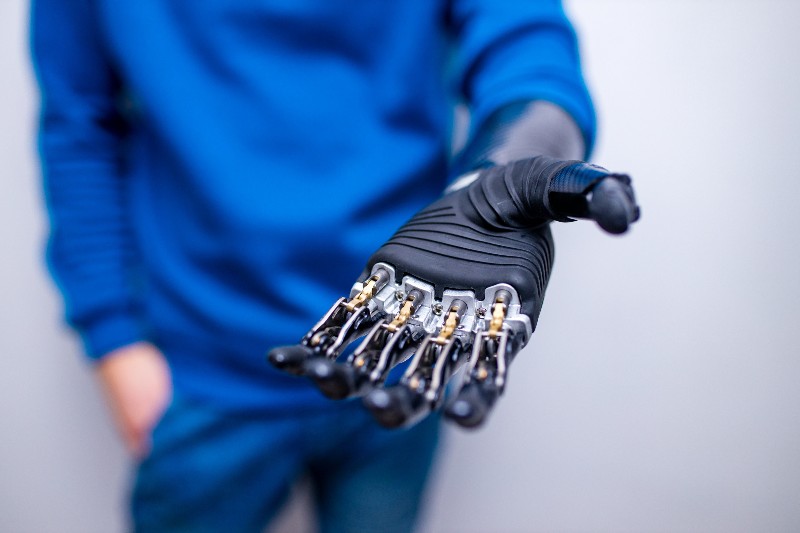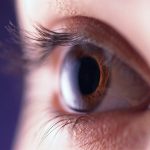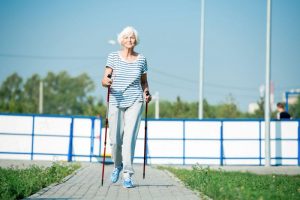
Jobs that challenge your mind could help your brain age more gracefully, a new study suggests. The harder your brain works on the job, the less likely you are to have memory and thinking problems later in life, researchers reported April 17 in the journal Neurology. “We examined the demands of various jobs and found that cognitive stimulation at work during different stages in life — during your 30s, 40s, 50s and 60s — was linked to a reduced risk of mild cognitive impairment after the age of 70,” said researcher Dr. Trine Holt Edwin, of Oslo University Hospital in Norway. For the study, researchers analyzed data on 7,000 people in 305 occupations across Norway. Researchers measured the degree to which each job taxed the brain and the body, based on the different skill sets required for the work. They then divided the study subjects into four groups, based on their work routine and whether the job required more manual skill or brain power. Teaching wound up being the most common job with the highest demands on a person’s brain, while mail carriers and janitors had the most common jobs with the least demands on brain skills. After age 70, participants completed memory and thinking tests to judge how well their brain was aging. About 42% of people with jobs involving little brain work had… read on > read on >








































